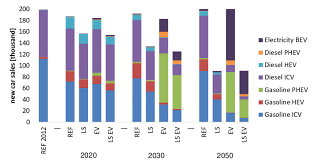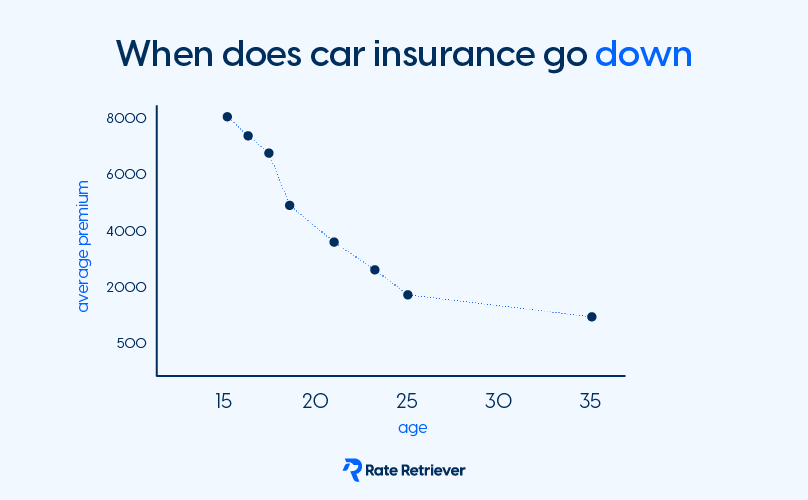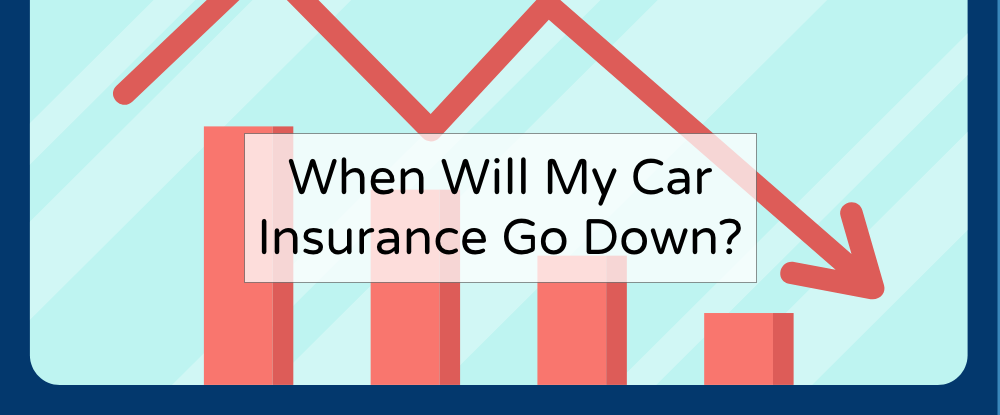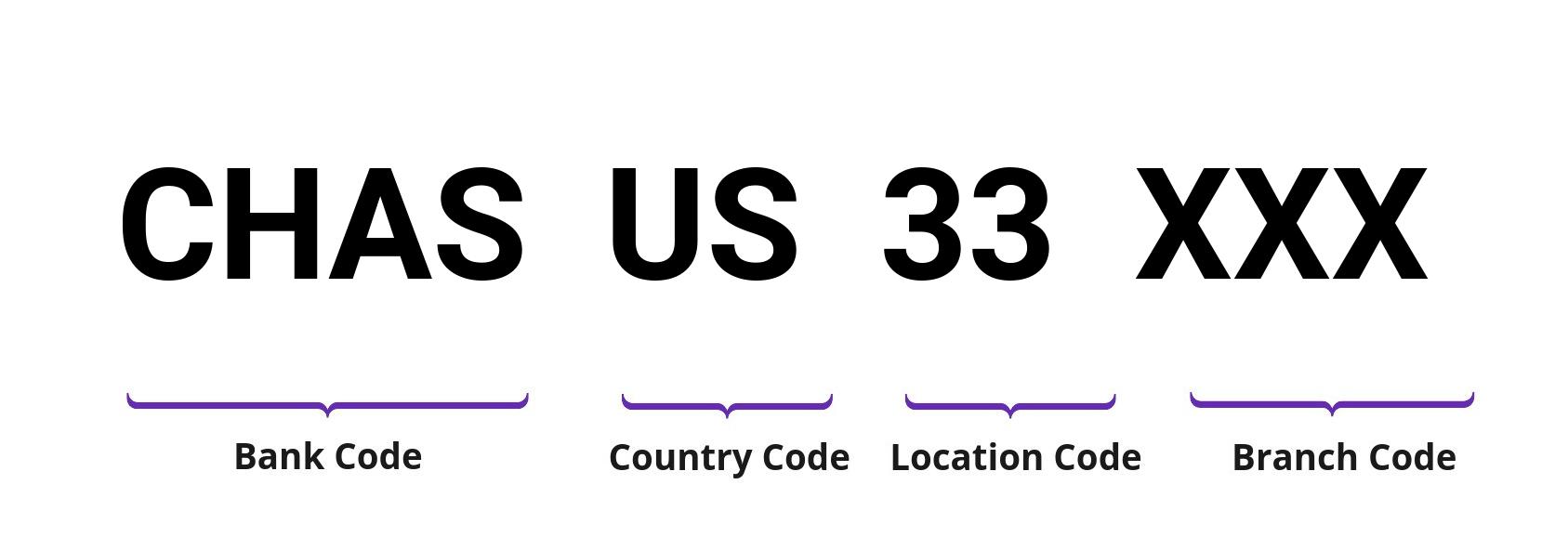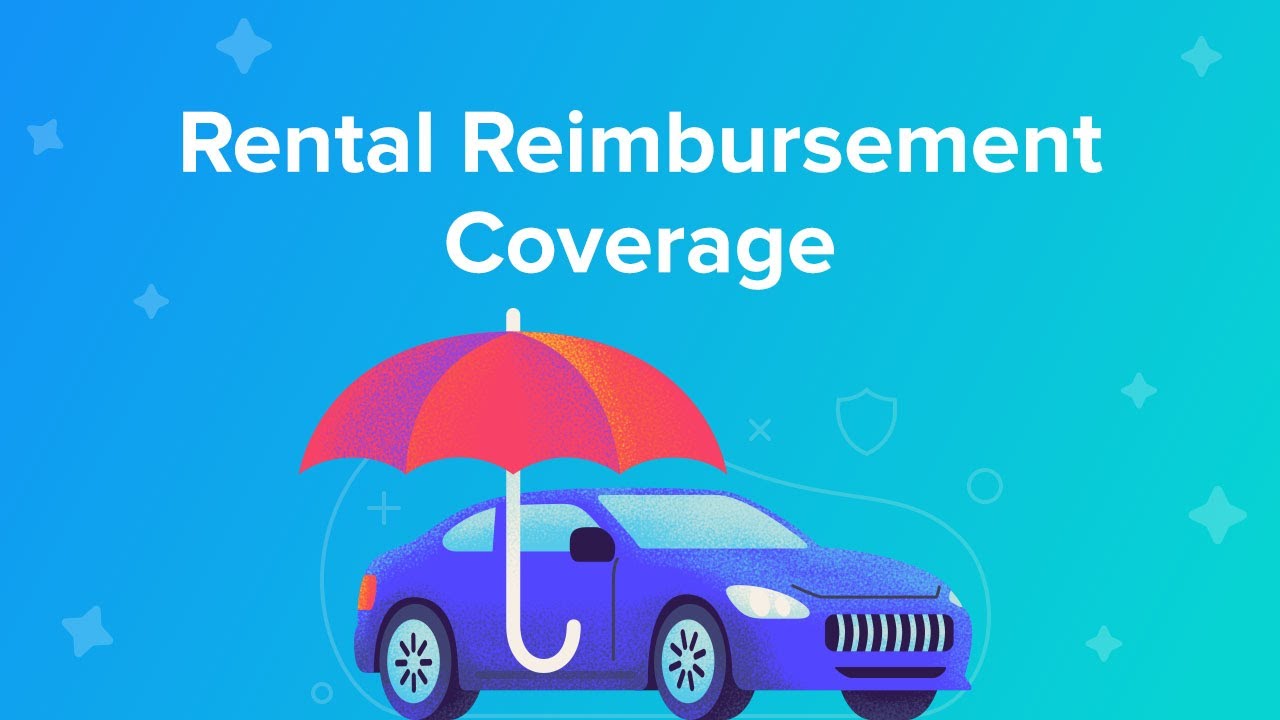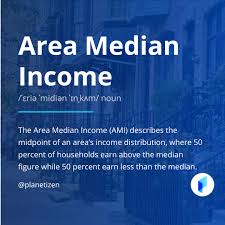In today’s housing and economic landscape, understanding what is Area Median Income (AMI) is crucial for renters, homeowners, developers, and policymakers. AMI plays a central role in determining eligibility for affordable housing programs, calculating rent levels, and evaluating the socioeconomic status of communities.
This guide from Effective Stuffs will break down everything you need to know about Area Median Income (AMI) in 2025, from definitions and formulas to how it impacts you and your community. Whether you’re applying for housing assistance, curious about how AMI is calculated, or simply want to understand income tiers in your area, this comprehensive article will provide clarity.
What Is Area Median Income (AMI)?
Area Median Income (AMI) is the midpoint income for a geographic area—half the households earn more and half earn less. It’s calculated annually by the U.S. Department of Housing and Urban Development (HUD). The AMI is specific to each region and varies based on household size.
Why AMI Matters
Understanding what is Area Median Income (AMI) is vital because it determines:
- Eligibility for housing subsidies and Section 8 vouchers
- Income thresholds for Low-Income Housing Tax Credit (LIHTC) programs
- Affordable housing qualifications
- Rent limits for government-funded projects
How Is Area Median Income (AMI) Calculated?
Each year, HUD publishes AMI figures for every metropolitan and non-metropolitan area in the U.S. These calculations are based on census data, market trends, and economic indicators.
The formula takes into account:
- Median family income in the region
- Household size (1-8 people)
- Adjustments for high-cost or low-cost housing markets
What is Area Median Income (AMI) when adjusted for a family of four? In most locations, HUD publishes the AMI based on a four-person household and adjusts it accordingly for smaller or larger households.
2025 AMI Levels – An Example
Let’s use a sample city like Los Angeles, California, to see how AMI looks in 2025:
| Household Size | 30% AMI | 50% AMI | 80% AMI | 100% AMI |
|---|---|---|---|---|
| 1 Person | $26,500 | $44,150 | $70,700 | $88,300 |
| 2 Persons | $30,250 | $50,450 | $80,800 | $100,900 |
| 4 Persons | $37,800 | $63,000 | $100,850 | $126,000 |
(These numbers are illustrative. Always refer to HUD’s most recent guidelines.)
Understanding Income Tiers Based on AMI
When we ask “What is Area Median Income (AMI)?”, it’s also important to understand the associated income tiers:
- Extremely Low Income (≤30% of AMI): Households at or below this threshold often qualify for deep subsidies or public housing.
- Very Low Income (≤50% of AMI): Eligible for programs like Section 8.
- Low Income (≤80% of AMI): Eligible for LIHTC units and other housing programs.
- Moderate Income (80% – 120% of AMI): May qualify for workforce housing or down payment assistance.
- Middle to High Income (120%+ of AMI): Typically not eligible for subsidies.
Why Is AMI Used Instead of Federal Poverty Line?
Many ask why Area Median Income (AMI) is used instead of the Federal Poverty Line (FPL). The answer lies in regional disparities. The FPL is a uniform national number, while AMI is tailored to local economic conditions. In expensive areas like San Francisco or New York City, someone earning $70,000 may still be considered “low-income,” whereas that same income would be above average in a rural area.
What Programs Use Area Median Income (AMI)?
Many federal, state, and local programs use AMI to determine eligibility, including:
1. Section 8 Housing Choice Vouchers
Eligibility is typically based on 50% or below AMI. Applicants are prioritized based on need and income.
2. Low-Income Housing Tax Credit (LIHTC)
Rents are capped based on 50% to 60% of AMI. Developments must reserve a portion of units for tenants under these income thresholds.
3. Public Housing
Public housing authorities use AMI to assign eligibility and prioritize applicants.
4. HOME Investment Partnerships Program
Assists low-income families with affordable housing—eligibility is often below 80% AMI.
5. Mortgage Assistance and First-Time Homebuyer Programs
Many down payment assistance programs use AMI to set income eligibility criteria, often at or below 120% AMI.
How to Find Your Local AMI
If you’re wondering what is Area Median Income (AMI) in your region, HUD provides an annual database on its website. Simply input your location, and you’ll find AMI data for your household size.
You can also find AMI information through:
- Your city’s housing department
- Regional housing authorities
- Local nonprofit housing providers
How AMI Affects Rent and Housing Prices
AMI directly influences affordable housing costs. Let’s say a project targets families earning 60% of AMI. Rent for a two-bedroom unit might be capped at $1,200 even though market rent is $2,000.
Using AMI ensures that rent or mortgage payments remain affordable relative to income. HUD defines housing as “affordable” when costs do not exceed 30% of household income.
Common Misconceptions About AMI
Myth #1: AMI is the same everywhere.
False. Every region has its own AMI. In 2025, the difference between AMI in San Francisco and rural Alabama is staggering.
Myth #2: Only poor people qualify for AMI-based programs.
Not true. Some programs serve households earning up to 120% or even 140% of AMI—especially in high-cost cities.
Myth #3: AMI is the same as average income.
Wrong again. AMI refers to the median (middle point), not the average. This distinction reduces the influence of outliers like extremely high earners.
AMI Trends in 2025
As of 2025, AMI levels are rising in many urban areas due to inflation, wage growth, and housing costs. However, this rise doesn’t always mean improved affordability—it can actually raise rent limits in LIHTC units, making “affordable” housing more expensive.
How Developers Use AMI
Developers targeting affordable housing use AMI to:
- Set rental rates
- Determine unit mix (e.g., 30% AMI vs 80% AMI)
- Apply for funding and tax credits
Understanding what is Area Median Income (AMI) allows developers to comply with affordability regulations while meeting community needs.
What Is Area Median Income (AMI) for You?
Here’s how to determine your status relative to AMI:
- Find your region’s AMI.
- Identify your household size.
- Calculate your total gross household income.
- Compare your income to AMI percentages.
Example:
If your household earns $50,000 and the AMI for a family of four is $100,000, then you’re at 50% AMI.
How to Improve Access to Affordable Housing Using AMI
Community leaders and policymakers can:
- Advocate for more housing at or below 60% AMI.
- Use zoning and incentives to support AMI-based developments.
- Ensure transparency in how AMI levels are applied.
Final Thoughts: Why You Should Know What AMI Means
Understanding what is Area Median Income (AMI) isn’t just for housing professionals—it’s essential knowledge for renters, homebuyers, and voters alike. AMI impacts housing affordability, access to assistance, and public policy.
As we navigate 2025’s housing challenges, knowing your local AMI and how it applies to you can open doors to financial stability, subsidies, and affordable living.
FAQs – What Is Area Median Income (AMI)?
Q: How often is AMI updated?
A: Annually by HUD, usually around April.
Q: Is AMI before or after taxes?
A: It refers to gross (pre-tax) income.
Q: Does AMI include all household income?
A: Yes, including salaries, business income, pensions, and even some non-cash benefits.
Q: What if my income changes mid-year?
A: Most programs base eligibility on your income at the time of application, but recertification rules vary.
Q: Can my rent increase if AMI increases?
A: In affordable units, yes—if they follow LIHTC guidelines and AMI levels rise, rents may also increase proportionally.
Conclusion
Now you know what is Area Median Income (AMI) and why it matters. It’s more than a bureaucratic figure—it determines who can afford to live where, who gets help, and how cities plan their futures.
At Effective Stuffs, we believe in financial clarity and housing literacy. Understanding AMI helps individuals make informed decisions in a complex housing market.
Keep following Effective Stuffs for more deep dives into essential financial and housing concepts.







